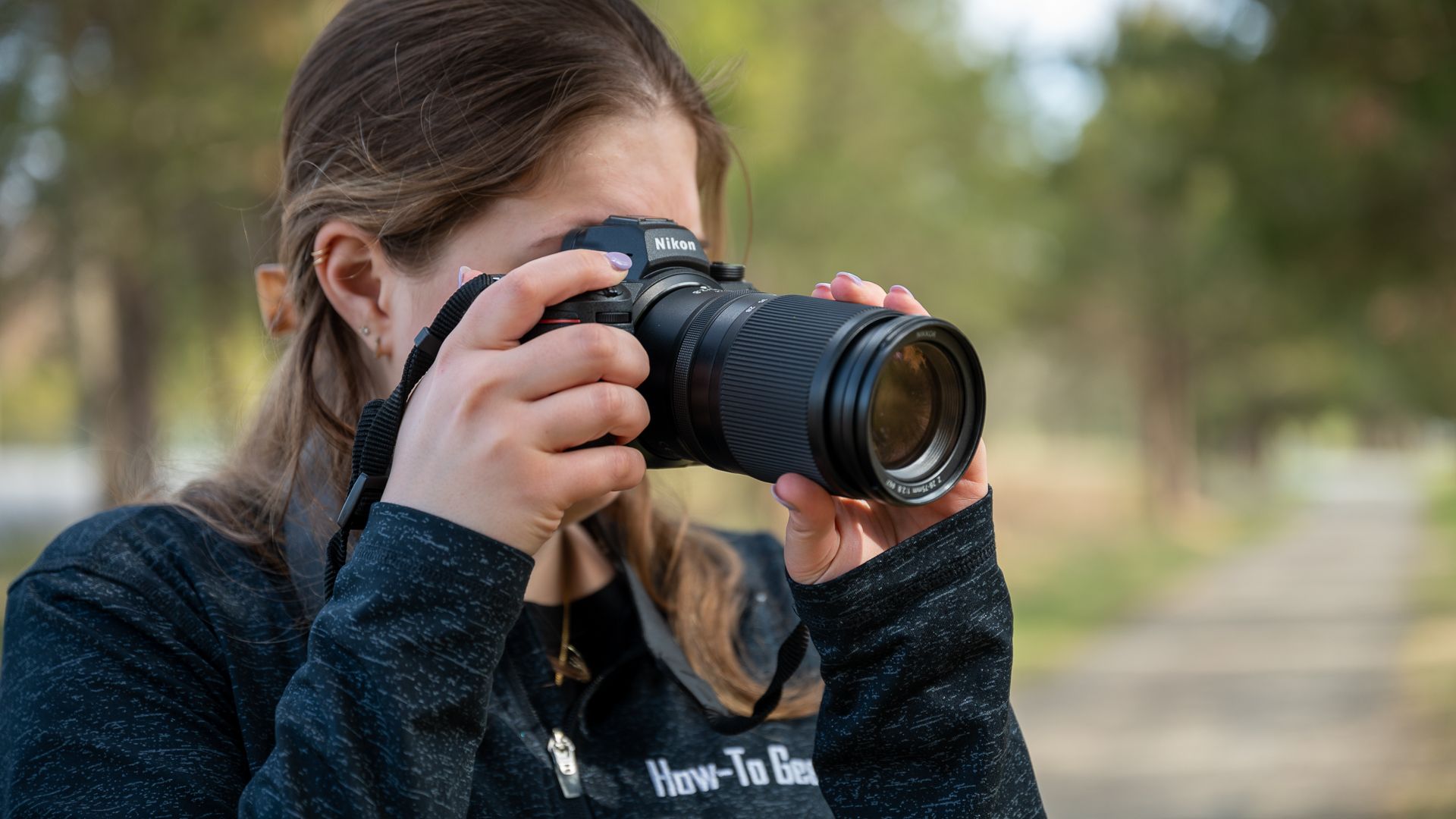
Top-Rated Mirrorless Cameras for Photographers

Top-Rated Mirrorless Cameras for Photographers
Mirrorless cameras have reshaped photography with their compact sizes and innovative features. They offer something for every type of photographer with their lightning-fast autofocus, stellar image quality, and 4K video.
Sony Alpha 7 IV
Best Mirrorless Camera Overall
$2298 at Amazon
Sony a6100
Best Budget Mirrorless Camera
$598 at Amazon
Canon EOS R10
Best Mirrorless Camera for Beginners
See at Amazon
Panasonic Lumix S5 IIX
Best Mirrorless Camera for Video
$1825 at Amazon
What You Need to Know Before Buying A Mirrorless Camera in 2024
Mirrorless technology has seen a lot of innovation in recent years. While battery life still can’t compete with DSLRs, it has improved significantly, making them more reliable than before for extended shooting sessions. Image quality is now on a par with what DSLRs offer, at least in the full-frame models, and mirrorless is now king when it comes to shooting video.
Autofocus is another area that has improved by leaps and bounds, and mirrorless cameras can now boast faster and more accurate systems thanks to advancements in sensor technology. With sophisticated features like eye AF and reliable subject tracking, it’s safe to say mirrorless has the edge over DSLR in this respect. Mirrorless cameras also offer faster burst shooting thanks to not having a mirror that needs to flip up and down with every shot.
The optical viewfinder is one of the biggest arguments DSLR enthusiasts offer for continuing to use their preferred machine. Many find the experience to be more natural and reliable than using the electronic viewfinders (EVF) that mirrorless cameras offer. However, EVFs have also improved in recent years with significantly better resolutions and refresh rates for a more natural and lag-free view than what was previously possible.
Whether you’re on the lookout for your first mirrorless camera or you’re making the switch from DSLR or smartphone photography, there is an abundance of models to choose from. Let’s take a look at a small selection of the best available today.
| How Did We Research | ||
|---|---|---|
| Models Evaluated | Hours Researched | Reviews Analyzed |
| 16 | 6 | 20 |
How-To Geek’s product recommendations come from the same team of experts that have helped people fix their gadgets over one billion times. We only recommend the best products based on our research and expertise. We never accept payment to endorse or review a product. Read More »
Best Mirrorless Camera Overall: Sony Alpha 7 IV
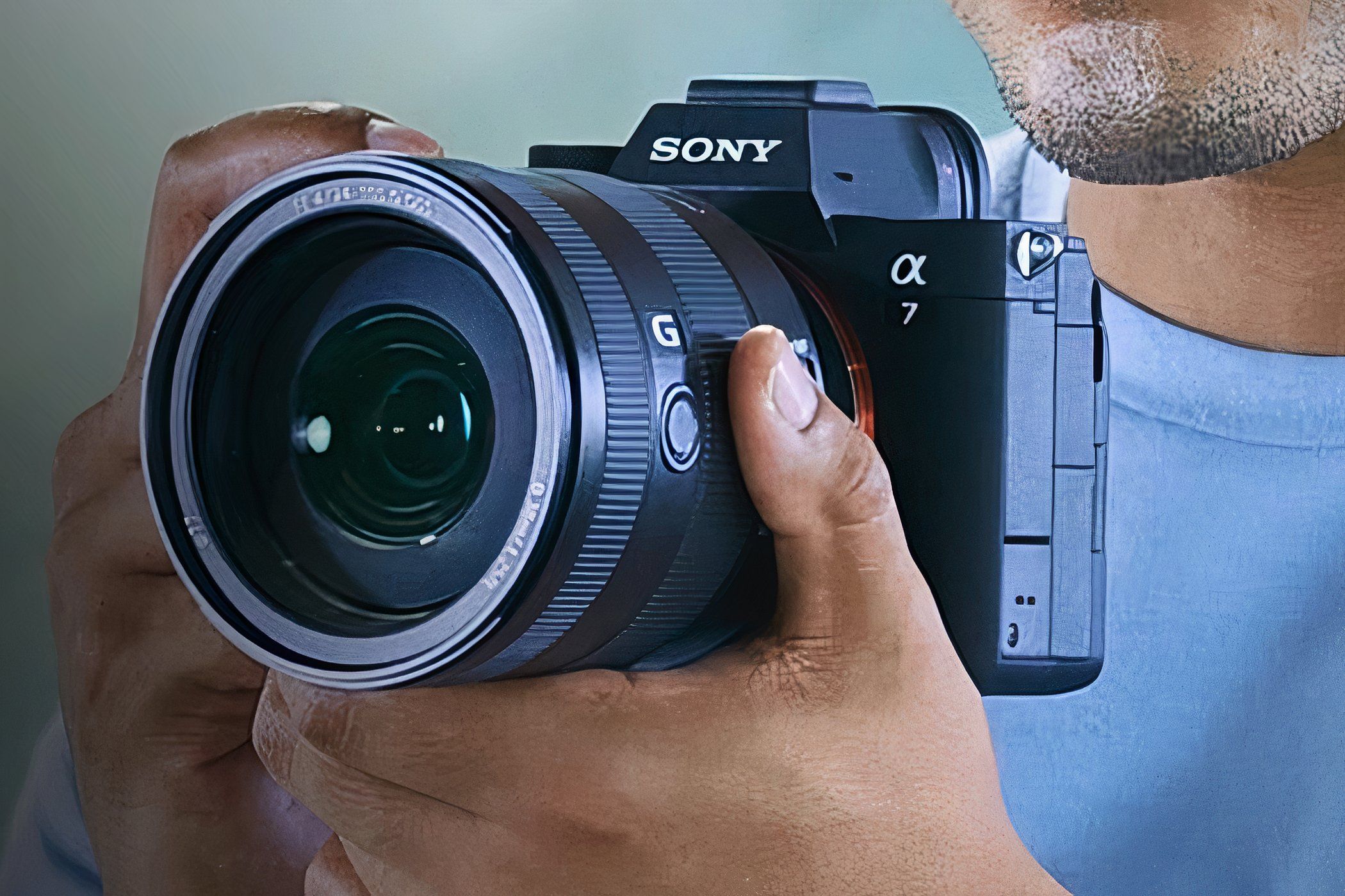
Sony
| Pros | Cons |
|---|---|
| Fully articulating touchscreen | Battery drains when shooting 4K video |
| Sturdy and weather-sealed build | Relatively low continuous shooting rate |
| Excellent video quality | Expensive |
| Large range of compatible lenses | |
| Good low-light performance | |
| Speedy autofocus |
The Sony Alpha 7 IV (also known as the Sony a7 IV) is one of the best all-around mirrorless cameras on the market. It isn’t exactly a budget-friendly option, and there are also more powerful premium choices. The Sony Alpha 7 RV , for example, offers a 61MP full-frame sensor and 8K video recording, but it is much pricier. The Alpha 7 IV, on the other hand, balances value and performance beautifully. It’s ideal for those who want high-quality stills and video, or for for beginners who don’t mind a little bit of a learning curve.
The 33MP full-frame BSI-CMOS sensor captures well-detailed images with accurate color. Noise can creep in at higher ISO settings , but being backed up by a 5-axis in-body image stabilization (IBIS) means you can shoot at lower settings in dim light and still achieve some excellent images.
You can take advantage of the 759-point hybrid autofocus in low light, too. Not only is it fast, but it’s dependable. Its real-time tracking means you can select your subject on the screen before locking on with a half-press of the shutter. It sticks like glue and includes eye AF for people, animals, and even birds.
However, at just 10FPS, the A7 IV isn’t the ultimate camera for professional fast-paced action photography, whether sports events or stampeding wildebeest. However, with CFExpress Type A card support, the camera has a massive buffer capacity. When shooting in 10FPS burst mode , you can capture a virtually unlimited amount of RAW files with zero buffering. That is, of course, if you are prepared to splash out on the card.
Shooting video is a treat. With 10-bit 4:2:2 and S-Log3 support, you get a powerful combination of smooth color transitions and a dynamic range that showcases sharp details in both highlights and shadows. This is particularly beneficial when shooting video after the sun goes down and allows for more post-production freedom.
However, you should note that shooting video in 4K at 60FPS comes with a crop. But this is no longer an issue at 30FPS, and you can get some excellent slow-motion video when shooting in 1080p/120FPS.
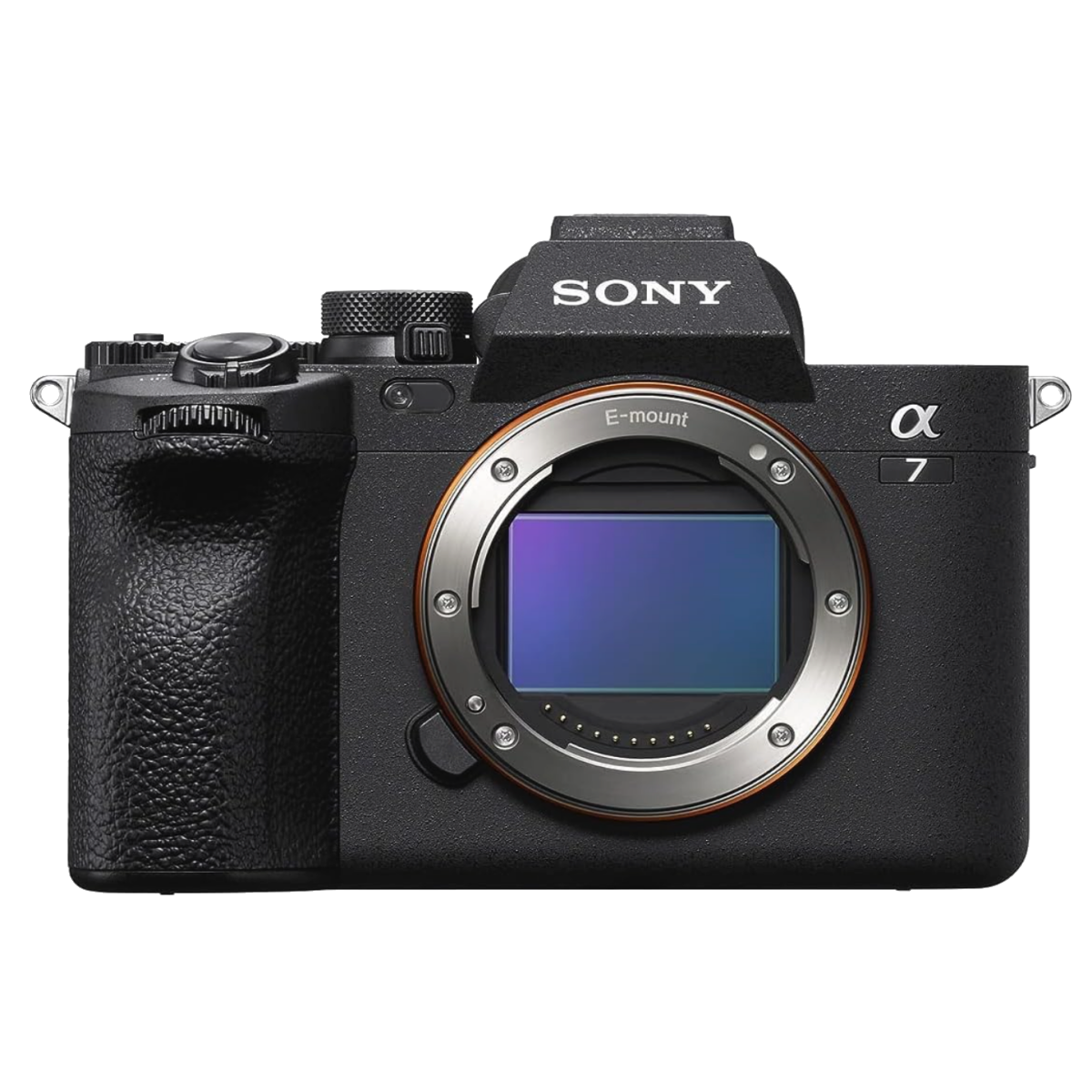

Best Mirrorless Camera Overall
Sony Alpha 7 IV
$2298 $2500 Save $202
By delivering high-end image and video quality with user-friendly performance, the Sony Alpha 7 IV is an impressive all-around mirrorless camera.
$2298 at Amazon See at Sony See at adorama
Best Budget Mirrorless Camera: Sony a6100
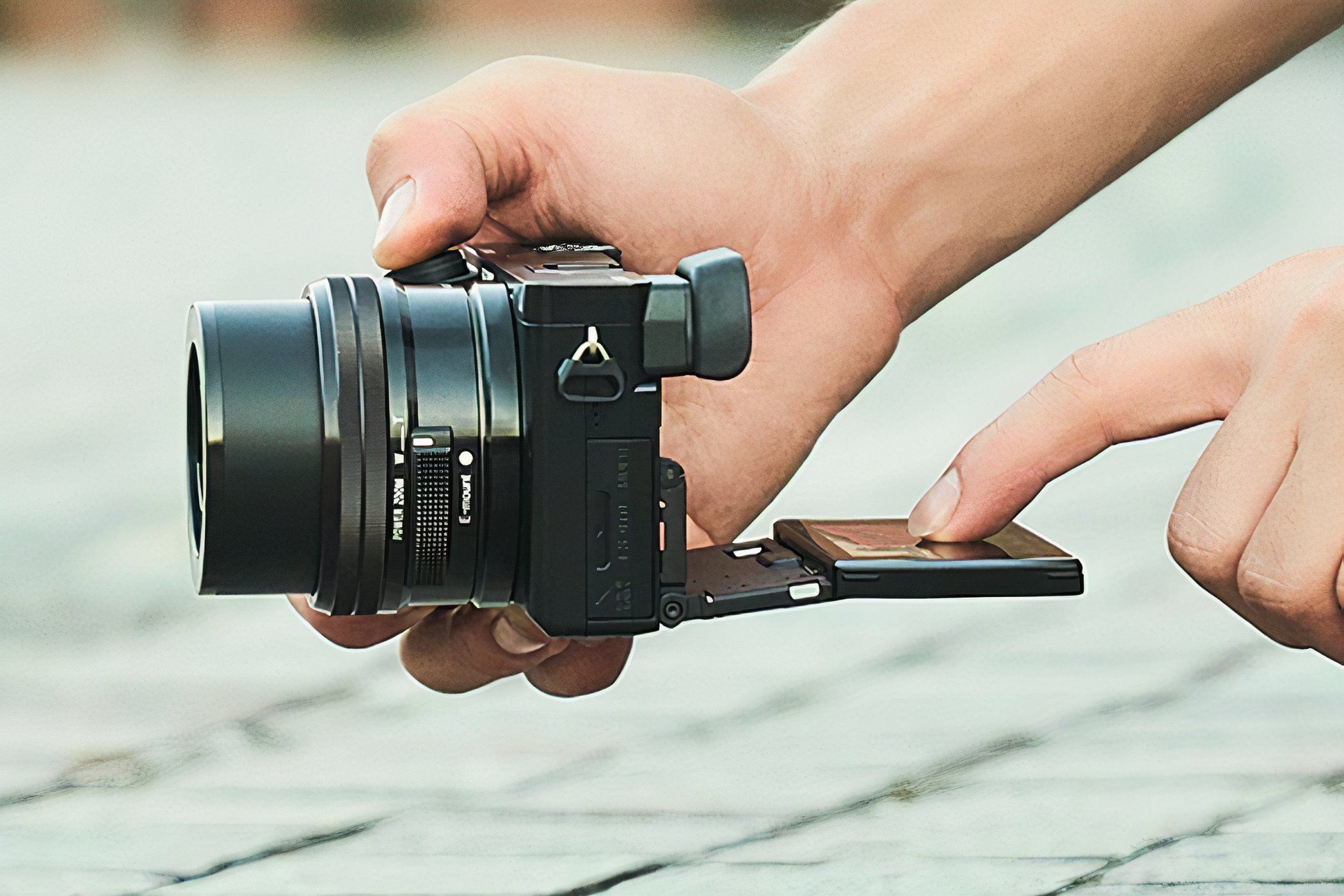
Sony
| Pros | Cons |
|---|---|
| 3-inch tilting touchscreen | Not weather-sealed |
| Solid polycarbonate build | 4K video is cropped at 30FPS |
| Good battery life | |
| Best-in-class autofocus | |
| Impressive shooting speed |
The Sony a6100 may not have the absolute lowest price tag for a mirrorless camera, but its performance-to-price balance makes it among the best value you can find. If you need rock-bottom pricing, something like the Panasonic Lumix DMC-G7 delivers good quality images and 4K video and comes with a decent kit lens.
However, the 24MP APS-C CMOS sensor on the a6100 delivers fine images with accurate color reproduction across a variety of scenes. Images showcase excellent detail at its base ISO 100 up to ISO 3200 with just a slight drop-off at ISO 6400. But, to get the best quality in low light, you’ll need a decent lens and possibly a good tripod .
However, it’s in autofocus that this camera truly shines and getting the most out of it is a straightforward process. And there’s no doubt that it is powerful—it offers 425 hybrid autofocus points, which together with Sony’s fine-tuning of the sensor, processor, and AI, you get a precise performance that’s hard to find on an entry-level camera.
Eye tracking is a standout feature of the AF system, and it tracks people and animals. It sticks like glue, and you also get an admirable 11FPS burst speed that makes the a6100 a great camera for capturing fast-moving subjects.
You have access to this excellent tracking AF when shooting movies, too. You can shoot highly-detailed 4K video, although it is at a maximum of 30FPS. However, you can shoot Full HD at up to 120FPS for some striking slow-motion footage. But, there is no image stabilization when shooting video, not even digital. So, you’ll need to rely on your lens’ stabilization when filming handheld.
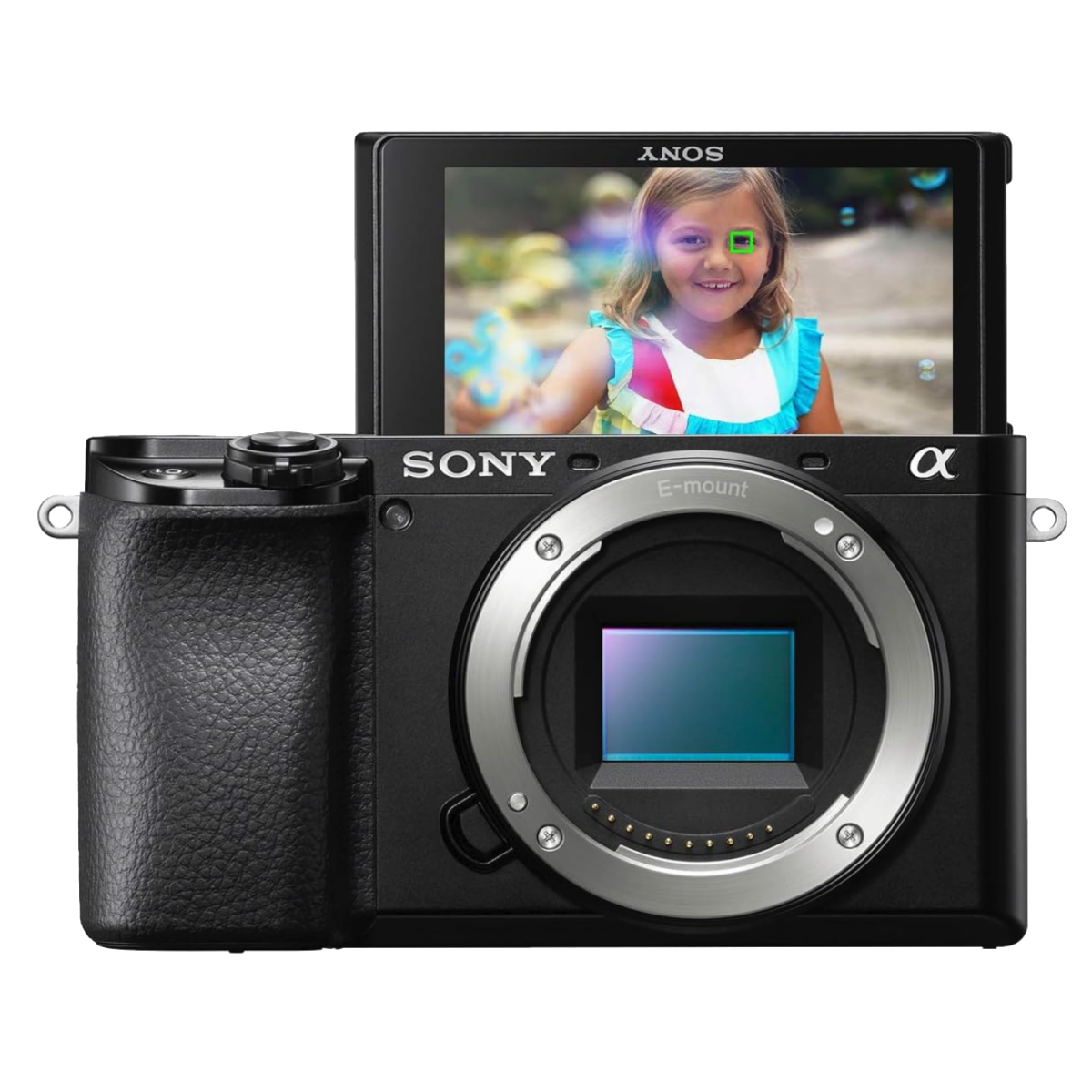

Best Budget Mirrorless Camera
Sony a6100
$598 $750 Save $152
With a perfect balance of affordability and cutting-edge features, the Sony a6100 is a must-have for photographers seeking a reliable and versatile mirrorless camera.
$598 at Amazon See at adorama See at Sony
Best Mirrorless Camera for Beginners: Canon EOS R10
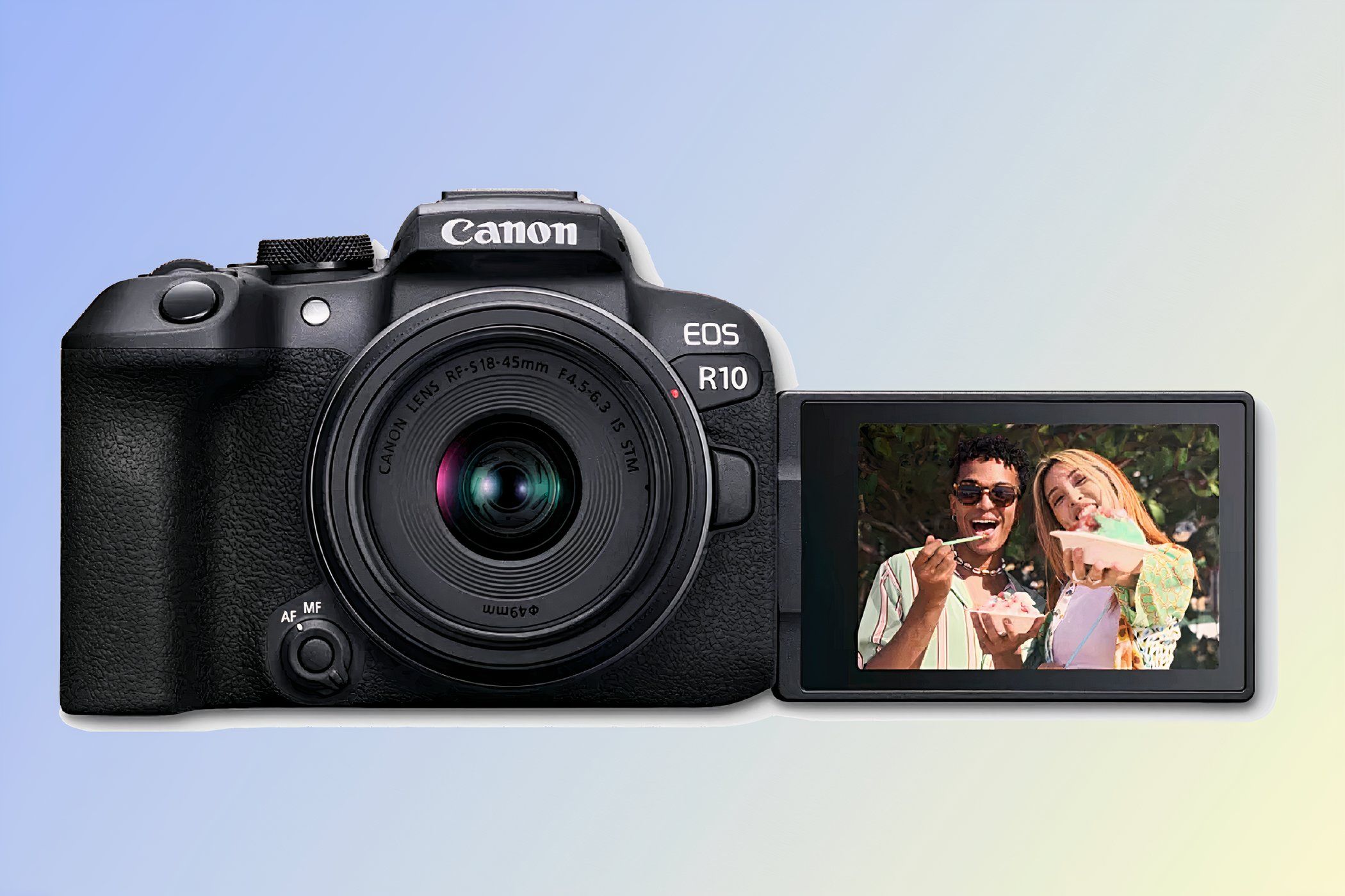
Canon
| Pros | Cons |
|---|---|
| Beginner-friendly | Image quality limits for demanding professionals |
| Sharp, detailed images | 1.56x crop when shooting 4K/60fps video |
| Impressive autofocus system | No IBIS |
| Good burst shooting speeds | |
| 4K/60fps video |
For beginners who want an easy-to-use camera straight out of the box, the Canon EOS R10 is an excellent entry-level mirrorless choice. It combines an intuitive interface and functionality with an ergonomic design and impressive features. It’s perfect for beginners in the mirrorless world who want to capture admirable shots and clips for social media but don’t want to focus too much on post-editing.
Images delivered by the EOS R10 are excellent, though you should temper your expectations if you’re dreaming of getting on to the front cover of National Geographic. However, the 24.2MP APS-C sensor captures sharp images with plenty of detail and texture. This is most evident at lower ISOs and images remain clean and sharp up to ISO 3200 and are still usable at ISO 6400. There’s little need for post-editing when it comes to colors, too. The R10 relays colors in a natural way, though it is fun to make some minor adjustments afterward to bring a little more vibrancy and depth.
The EOS R10 also boasts a lightweight and compact body, featuring dual control dials on top of a dedicated AF joystick. These features aren’t typically found on a camera at this price point, and they give new users more manual control without overwhelming them.
Canon’s Dual Pixel CMOS AF II autofocus system is regarded as one of the best available, and it doesn’t disappoint on the R10. In fact, for beginners, it’s a seamless experience. The AF easily keeps subjects sharp across a wide range of scenarios, and its subject tracking locks and holds easily. It follows people, animals, and even vehicles. And if it doesn’t pick out the eyes, it intelligently switches to face or body tracking.
The AF combines a speedy 15FPS (or 23FPS with the electronic shutter) burst mode, which works best when shooting JPEGs. This is the format most likely used by newbies, but if you decide to shoot in RAW format , the speed drops more quickly due to the extra processing power. The camera may not quite perform to the levels that professional sports photographers need. Still, it is adequately equipped to catch fleeting moments of jumping animals, candid smiles, or even an impressive goal if your timing is good.
Despite being a midrange APS-C camera, the EOS R10 offers 4K video at 60 frames per second. However, you should note that this comes with a substantial 1.56x crop. But you get uncropped, oversampled 4K/30FPS, and some nice slow-motion 120FPS Full HD movies. Furthermore, the camera lacks any IBIS, so a lens with good stabilization is needed for handheld filming.
If you’re a beginner who isn’t yet ready to splash out too much on a new camera, then the older model, the Canon EOS R100 , is more affordable and even more beginner-friendly. It doesn’t pack in as many features as the R10; for example, the AF and burst modes are not as fast. But it is still an excellent option for those just starting out.
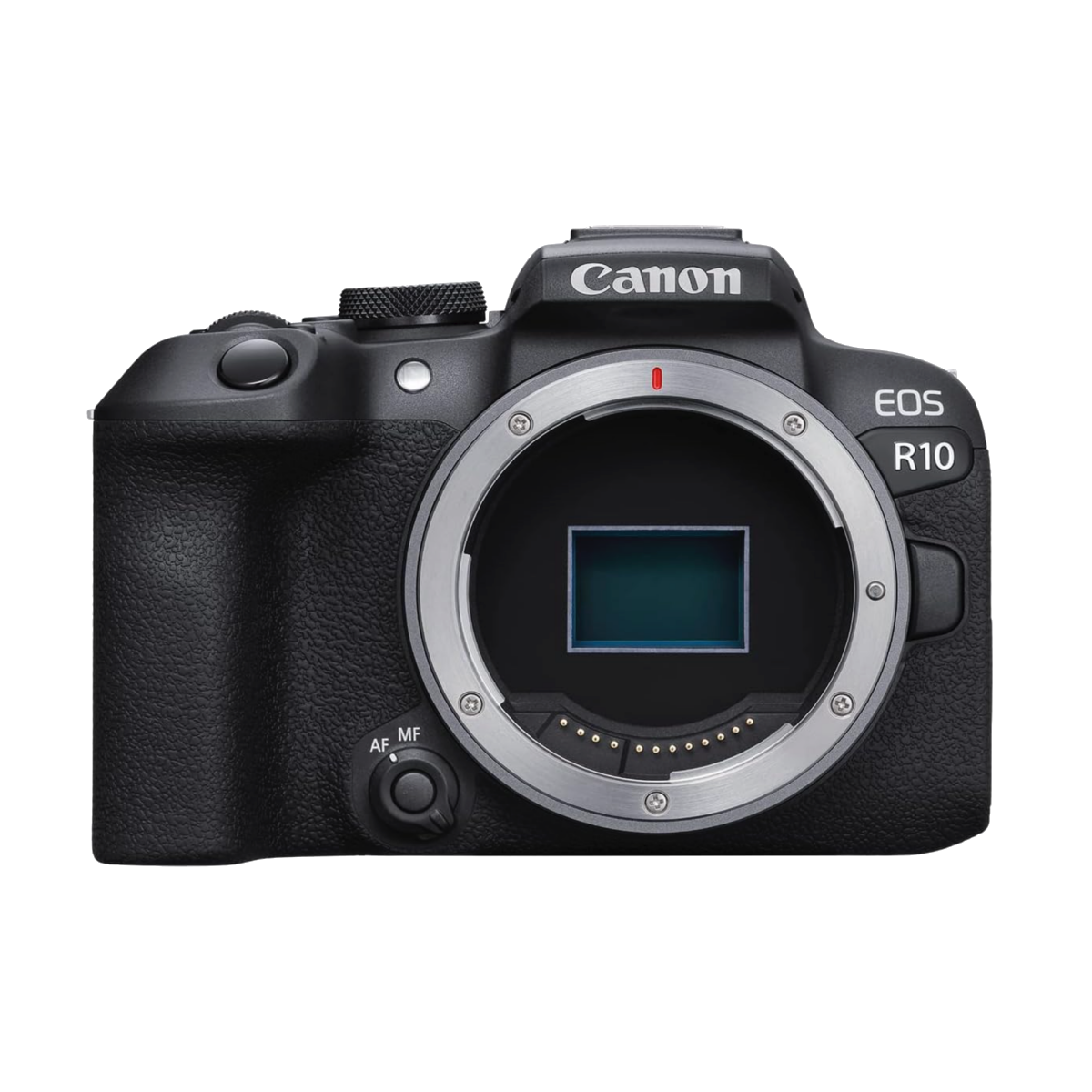

Best Mirrorless Camera for Beginners
Canon EOS R10
The Canon EOS R10 is an impressive entry-level mirrorless camera that combines powerful features, intuitive handling, and excellent image quality into an affordable package.
Best Mirrorless Camera for Video: Panasonic Lumix S5 IIX
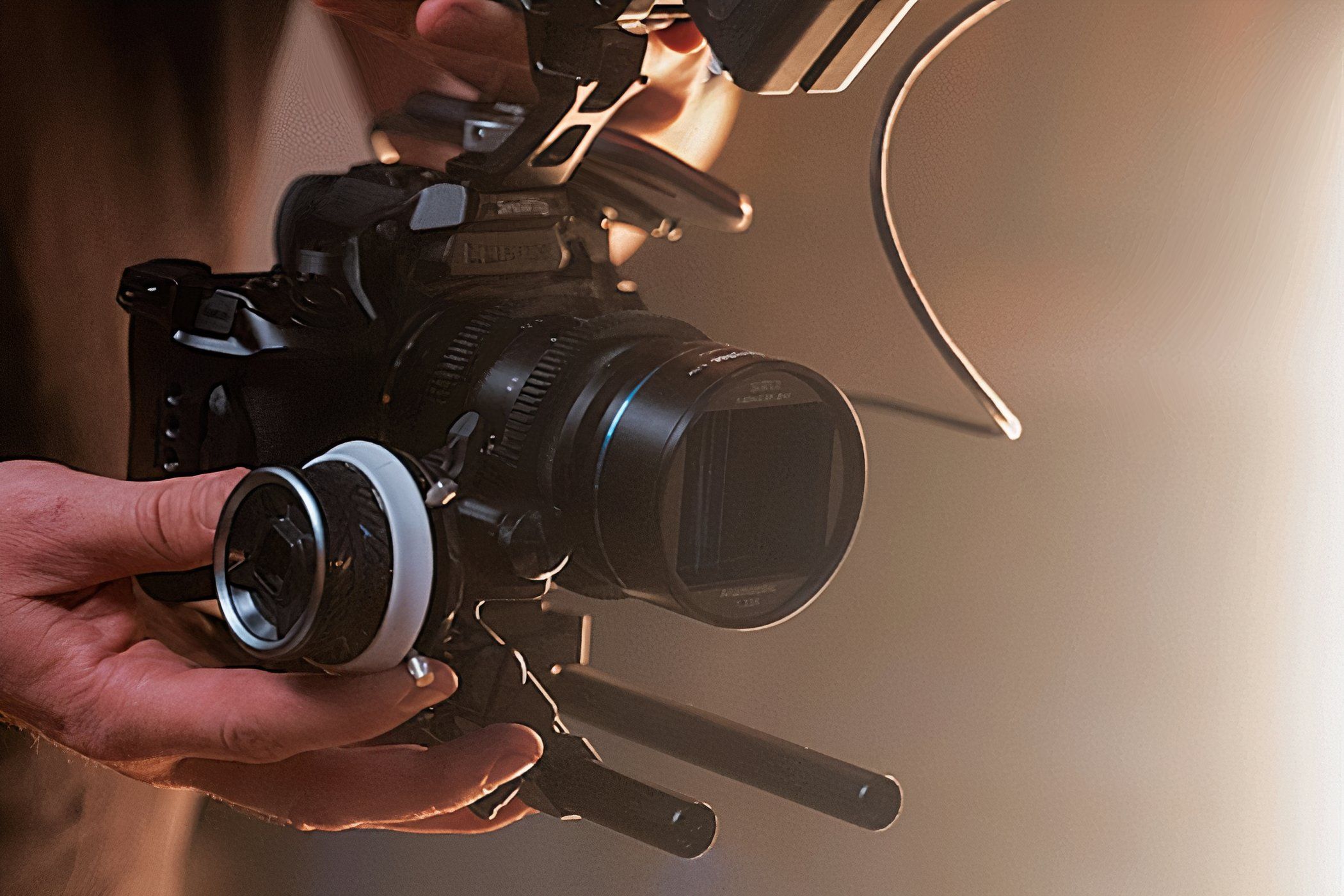
Panasonic
| Pros | Cons |
|---|---|
| Articulating touchscreen | Start up can be on the slow side |
| Weather sealed | Below par battery life |
| Excellent video features | |
| Good image quality |
Specifically designed for videographers, the Panasonic LUMIX S5 IIX offers 6K movies at 24/30FPS with 10-bit color for more nuanced and vibrant hues. You also have more options with 4K UHD or even DCI 4K for a more cinematic aesthetic, at up to 60FPS, and Full HD at up to 180FPS for some epic slow-motion. The camera offers diverse formatting options, including MP4 and MOV in H.264 and H.265, with the benefit of ALL-Intra recording for easier editing.
However, its more notable feature is the ability to internally record using Apple ProRes 422, a highly prized codec among videographers for its high-quality video output, better editing performance, and smaller file sizes. For greater flexibility and control during editing, you can also capture video in ProRes and Blackmagic RAW formats by externally connecting the camera to the Atomos Ninja V+ or Blackmagic Video Assist via HDMI.
With the S5 IIX model (and the S5 II , another excellent hybrid but with less advanced video features), Panasonic has finally made the shift to phase-detection autofocus. This type of AF is widely recognized as faster and more accurate than contrast-detection AF, especially when tracking subjects or shooting in challenging conditions.
However, the Lumix S5 IIX is not only for video—it’s also an excellent camera for shooting stills. Images are well-detailed, and the dynamic range is vast, with details remaining in the brightest highlights and deepest shadows. There’s minimal noise even when shooting at higher ISOs (up to ISO 25600), and colors are natural and rich.
It’s also a good shout for high-speed photography. Burst mode is up to a rapid 30FPS with the electronic shutter and a commendable 9FPS when utilizing the mechanical option. You can enjoy impressive, sustained continuous shooting using high-speed memory cards in JPEG or RAW formats. You likely won’t miss a shot, and the 5-stop image stabilization contributes further to sharp images in low-light environments.
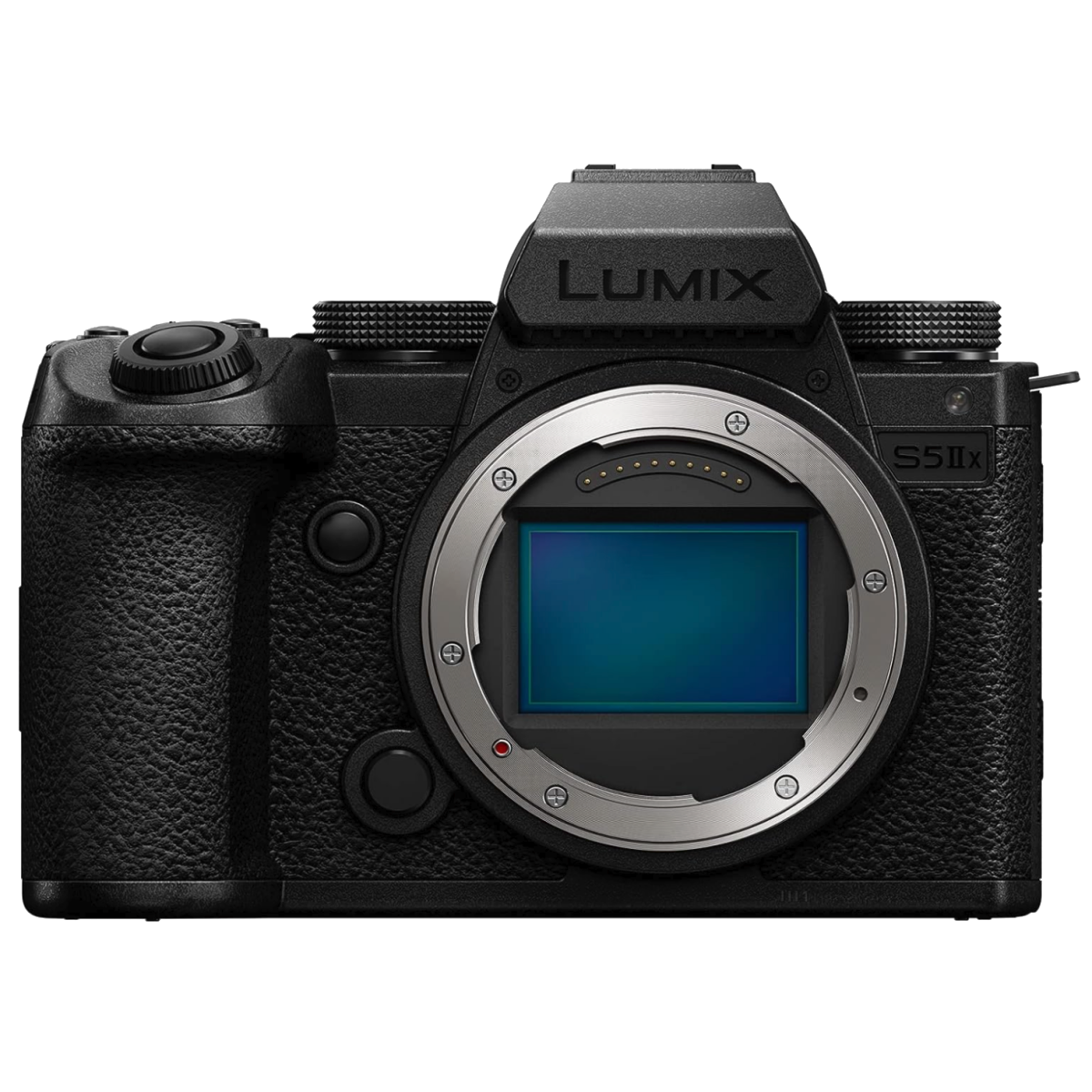

Best Mirrorless Camera for Video
Panasonic Lumix S5 IIX
$1825 $2200 Save $375
The Panasonic Lumix S5 IIX offers videographers excellent features with up to 6K recording and it’s a good choice for stills photography, too.
See at Walmart $1825 at Amazon See at adorama
FAQ
What does mirrorless mean when it comes to cameras?
As the name suggests, mirrorless cameras lack the reflex mirror found in SLR and DSLR cameras. Those cameras use mirrors to reflect light onto an optical viewfinder. Instead, mirrorless cameras have electronic viewfinders (EVF) and LCDs for previewing images. This design change enables mirrorless cameras to be more compact and lightweight and, therefore, easier to handle. However, there isn’t too much difference in size and weight over DSLRs when it comes to high-end mirrorless cameras.
What is the difference between a mirrorless and a DSLR camera?
In a nutshell, the difference is that mirrorless cameras don’t use a mirror to reflect light like an SLR or a DSLR. Previewing is also digitally processed, whether using the EVF or looking at the LCD. Additionally, mirrorless cameras may be slightly lighter and more compact. They also generally boast better video capabilities, and live-view (when you use the LCD) autofocus is another advantage. If you’re a beginner or thinking about switching from DSLR, you’ll probably appreciate a more detailed explanation .
Do DSLR camera lenses work on a mirrorless camera?
Yes, DSLR lenses will work on a mirrorless camera, but you need to mount them with an adapter. The advantages of doing so are plain to see, especially the fact that you won’t need to splash out thousands of dollars on a whole new set of lenses. However, there are pros and cons to this approach and consideration is required beforehand.
Do I need a CFExpress card for my mirrorless camera?
No, a CFExpress card is not necessary for your mirrorless camera. However, if your camera supports this format, there are advantages to be gained if you’re prepared to pay the cost for these high-speed cards. They are beneficial for photographers who shoot in burst mode with large RAW files and videographers who consistently shoot high-resolution movies. Understanding CFExpress cards before you decide to buy one will help you choose the right card for your needs.
Also read:
- [New] 2024 Approved 9 Buzzworthy Workout Videos That Stay on Top of Trends
- [New] 2024 Approved ChasingPeakPerformance After MyCam
- Clonage De Disques Durs Toshiba Vers Un SSD - Guide Complet
- Deck-Tastic: 4 Reasons to Invest in Steam Deck
- Expert Analysis: Ring Video Doorbell Pro's Performance & Features
- How To Transfer Data From Apple iPhone 12 Pro Max To Other iPhone 14 Pro devices? | Dr.fone
- In 2024, Hassle-Free Ways to Remove FRP Lock from Samsung Galaxy Z Fold 5 Phones with/without a PC
- Remedying Erratic Behavior of Xbox Controller Pad
- Review of the Mophie AC Power Bank: Costly but Top-Tier in Convenience and Performance
- Saving Big with Smart Security: VueBell Video Doorbell Reviewed
- Unveiling the Latest Upgrades on DJI Phantom 4 Pro V2: An Ultimate Review for Drone Enthusiasts
- Unveiling Underwater Worlds in 4K with Insta360 X2
- Title: Top-Rated Mirrorless Cameras for Photographers
- Author: Eric
- Created at : 2024-11-14 16:57:56
- Updated at : 2024-11-15 16:17:45
- Link: https://buynow-reviews.techidaily.com/top-rated-mirrorless-cameras-for-photographers/
- License: This work is licensed under CC BY-NC-SA 4.0.